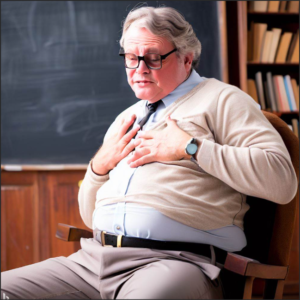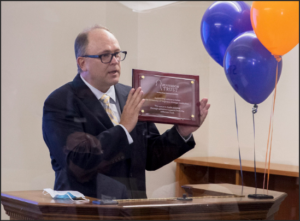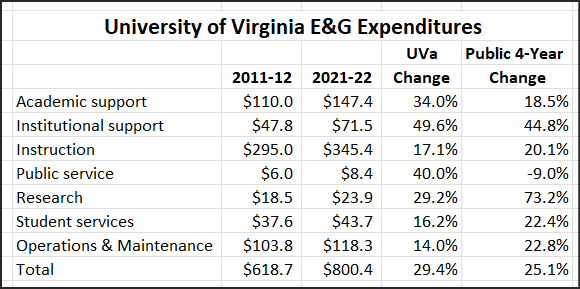
Inflation-adjusted percentage increase of UVa E&G expenditures (in millions of dollars) compared to those of all 15 Virginia public four-year higher-ed institutions.
by James A. Bacon
Always alert for opportunities to arm the University of Virginia Board of Visitors members with statistics they don’t see in their board presentations, the Jefferson Council presents the table above, compiled from data published by the State Council of Higher Education for Virginia (SCHEV).
The takeaway: UVa boosted overall E&G (educational & general) spending faster than Virginia’s other public four-year colleges and universities between fiscal 2011-12 and fiscal 2021-22, but UVa funds were more likely to flow to faculty and staff and less likely to go to student instruction, student services, or research support.
E&G expenditures represent spending on an institution’s core educational mission. Under SCHEV’s accounting methodology, E&G strips out spending on athletics, dormitories, food service, and auxiliary enterprises. The Council’s data portal adjusts for inflation over the 10 years displayed above, so these figures reflect real spending, not funny money.
SCHEV breaks down E&G expenditures by seven broad categories so the public can get a clearer idea of where the money is going. The data is consistent with the interpretation advanced by the Jefferson Council in previous posts that UVa has experienced excessive growth in administrative overhead. Continue reading →

 by James A. Bacon
by James A. Bacon

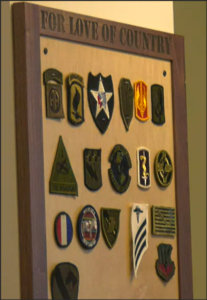

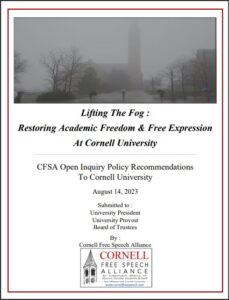 The Cornell Free Speech Alliance (CFSA) has published a masterful critique of Diversity, Equity & Inclusion programs at Cornell University,
The Cornell Free Speech Alliance (CFSA) has published a masterful critique of Diversity, Equity & Inclusion programs at Cornell University, 